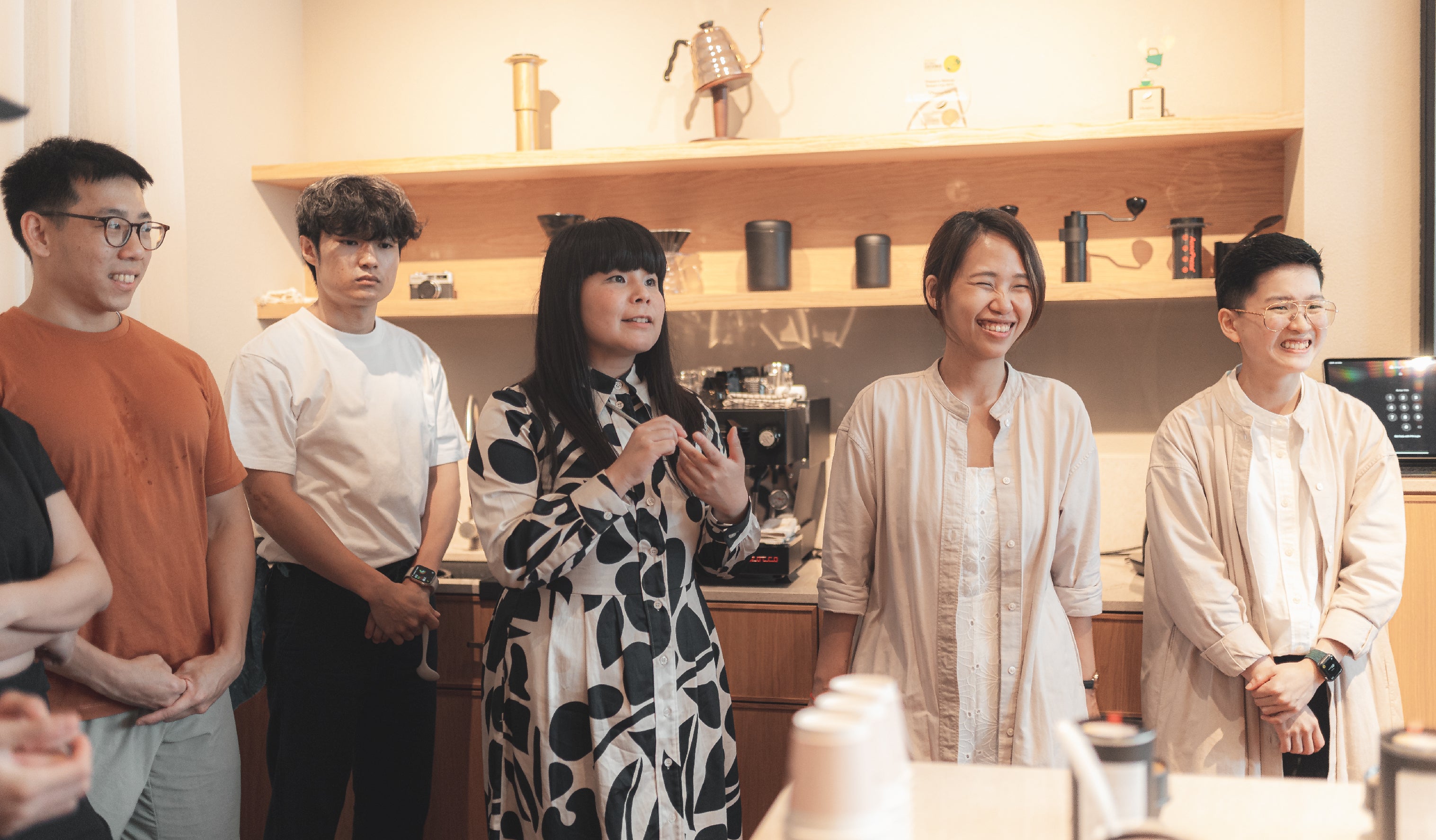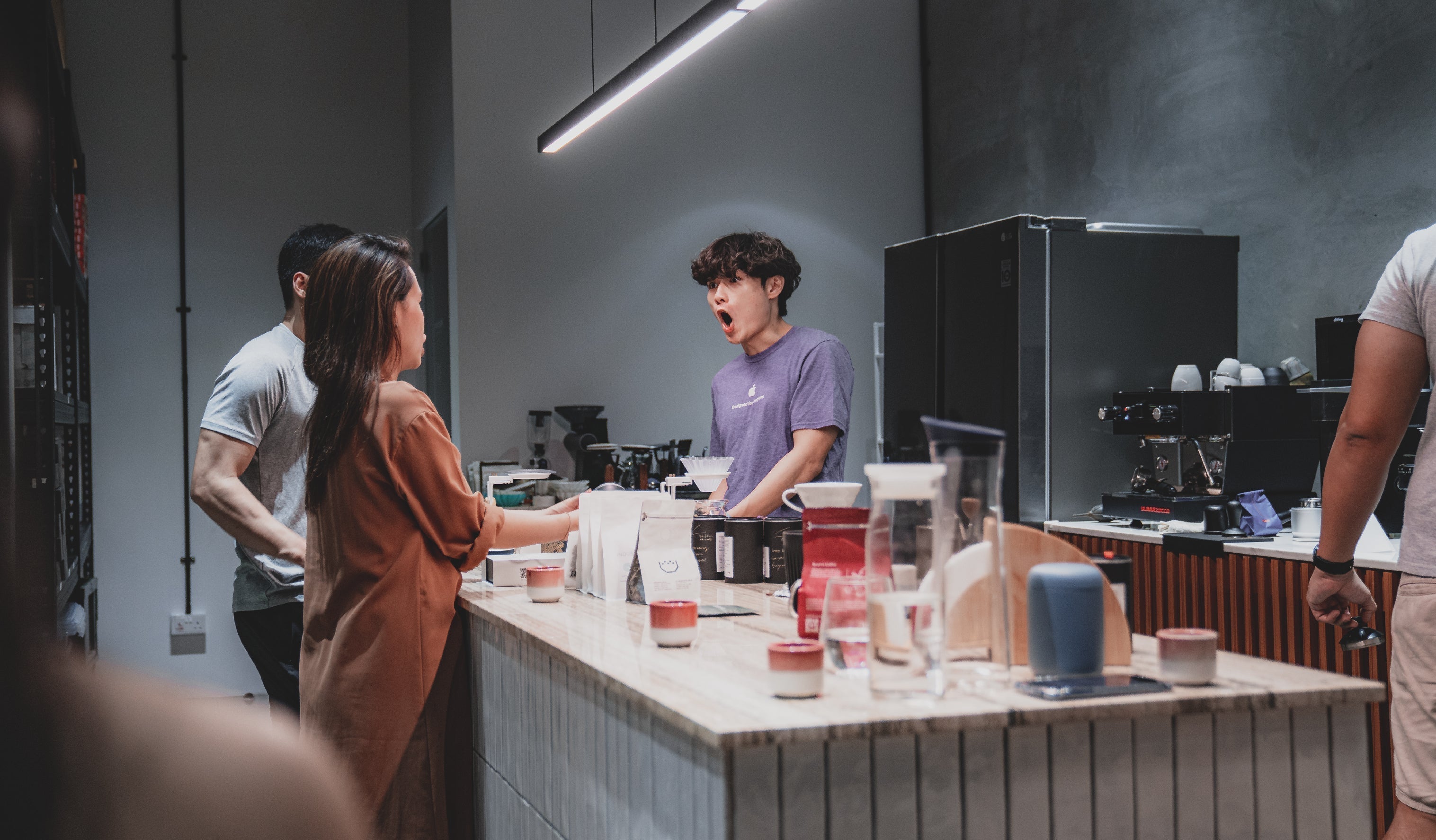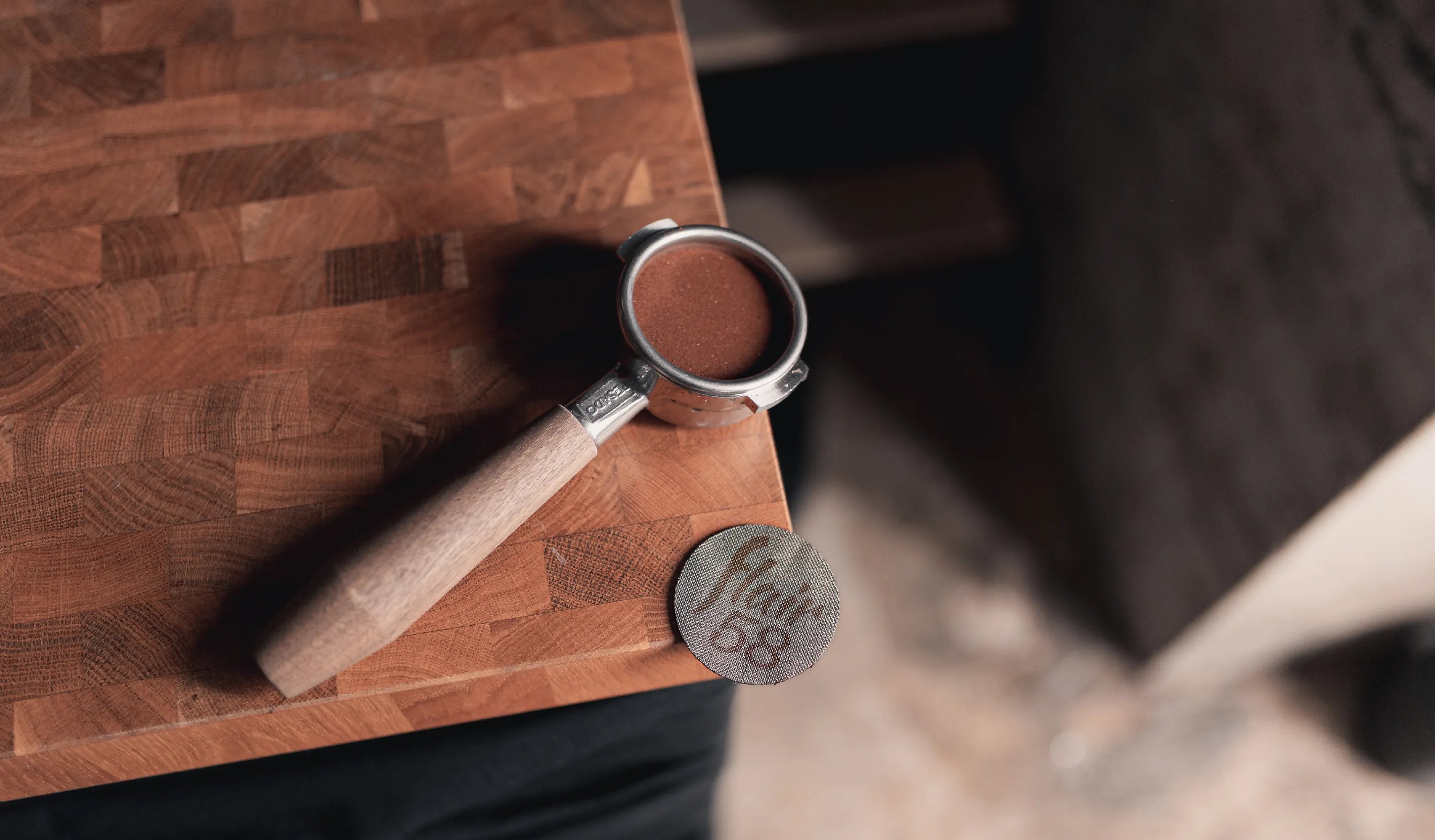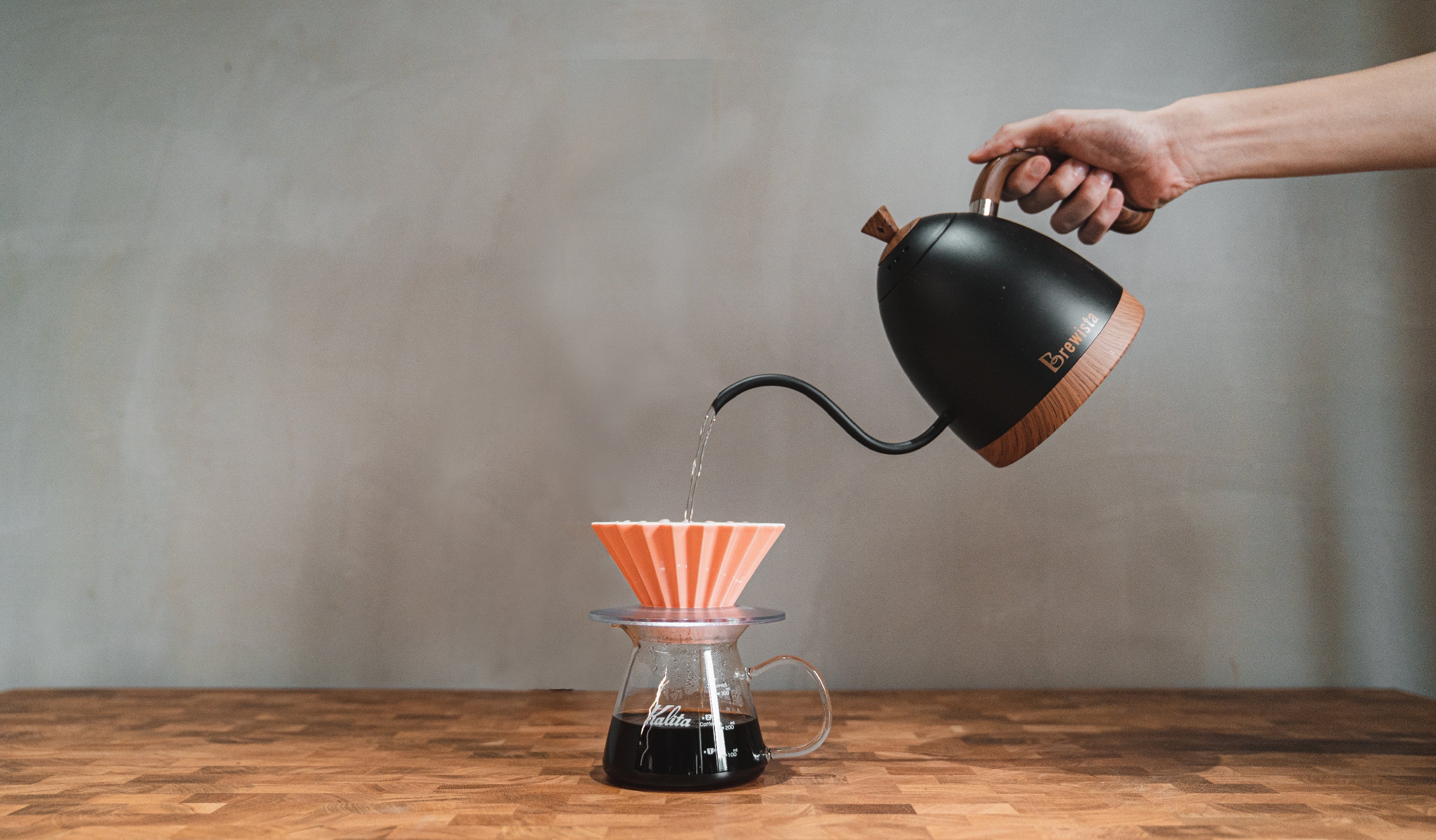There is a distinct charm to watching a barista preparing a cup of filter coffee – from the comfortable calmness of the barista’s practiced movements to the steadiness of the water that flows out from the kettle. Watching the process of coffee brewing, it is as if one is fully present in those few minutes, where all that matters is the stream of water that flows onto the coffee bed, one time after another.
There is a wide range of brewing equipment and varying parameters commonly used by brewers across the world, and each calls for different approaches to brewing. Adjusting this approach requires control over the pouring of water from the kettle.
As a result, for the brewer, having control over this steady stream of water is greatly important towards the taste of the end product. But what exactly does control over one’s pouring entail, and how do these aspects influence the eventual cup of coffee brewed?
Fundamentally, the act of pouring water is meant to allow for an even dispersion of water across the coffee grounds, as well as act as a form of consistent agitation to stir up the coffee sitting within the brew bed. By adjusting certain aspects of our pouring action, we can influence the extent of agitation in the brew bed.
Flow Rate
Easily observed and felt by its impact on the coffee bed, the flow rate is the thickness of the water stream that escapes the kettle into the coffee bed, and is often measured in grams per second (g/s).
A fast flow rate creates more agitation, while a slow flow rate pours water onto the top of the coffee bed with minimal agitation to the grounds underneath. A commonly used method to measuring the flow rate is to observe the time taken to reach the targeted pouring amount. On the assumption that the flow rate throughout the entire pour was consistent, the average flow rate would simply be the pouring amount divided by the time taken to make that pour.
It is often recommended to begin brewing with a consistent flow rate to observe the impact of changes in other brewing parameters on the eventual cup of coffee, before practicing pouring a variety of flow rates.
And with more brewing experience over time, one would be able to estimate and control the flow rate by simply observing the stream that emerges from the kettle. Mastering varying flow rates with a kettle opens up a new realm of brewing that revolves around experimentation with flow rate, such as the “single pour” method.
Pouring Height
The pour height is the distance from the spout of the kettle to the brew bed. A higher pour creates more agitation and stirs the brew bed more deeply, while a lower pour has the opposite effect of less agitation and being able to pierce through the coffee bed.
Once again, it is not recommended to vary the pour height at the beginning of one’s brewing journey. Rather, pour height and its impact on the brewing process is an aspect that brewers should be aware of to allow for consistent brewing regardless of the environment.
From our experience, the natural comfortable pouring height varies with each brewing environment. When moving from one setup to another, variation in table height and selection of brewing equipment all play a part in the eventual pouring height. Being able to adapt to these changes by adjusting the height to raise one’s gooseneck kettle is a key factor for replicable brewing.
Speed of Pouring Movement
The steady calmness that accompanies each pouring motion belies the art of controlling this movement and its impact on the agitation. Here, regardless of the pattern of pouring taken (such as concentric circles, or in a zig-zag motion), the attribute that is being drawn to attention is the speed at which the kettle moves when following the “path” of these pouring actions. As the kettle moves quickly, one finds that the water skims across the surface of the coffee, and does not pierce through the coffee bed as thoroughly. Conversely, a slow moving kettle creates more agitation by allowing the water flow to reach deeper into the brew bed.
Of the three aspects of brewing mentioned, the speed of pouring movement is less often thought about as it can be considered a secondary attribute – important to the key purpose of agitation, but also dependent on the other two aspects. However, honing the ability to control the speed at which one traverses the “path” of the pouring movement is no less important to ensuring consistency.
And Some Others
Apart from the aspects mentioned above, some others which have not been mentioned include the number of pours in a brew and the pouring pattern, be it pouring in concentric circles, a zigzag manner, or following the oval shape of the coffee bean.
In the first, while it is true that the number of pours is likely to affect extraction, this factor lies more within the brewing parameters rather than the pouring technique. In fact, a good pouring technique precedes the idea of adjusting pours, as it is important to first be able to create replicable brews in order to refine the brew parameters.
Secondly, when thinking about the pouring pattern, the key idea is to evenly disperse the water all around the brew bed. As long as it can help to achieve this task, the pouring pattern is more a habitual choice than anything else.
While there are still many other segments of brewing and pouring that may not have been touched upon in this article, at the end of the day, it is most important to first build the fundamentals of consistency, which begin by taking note of the three aspects of pouring above. Only then, can the exploration and experimentation of coffee occur.
Pouring Fast and Slow
Journal article by Homeground Coffee Roasters.
Journal Archive

Milk in World Barista Competitions
An overview of milk concentration methods in coffee competition, focusing on freezing techniques that enhance milk's qualities for great coffee beverages.

How Coffee Cup Colours Affect Your Drinking Experience
Cross-modal perception of colours on the taste of coffee

Learning to enjoy more

Same Coffees Everywhere, All at Once
Why do local specialty coffee shops serve the same coffees?

A study of unexpected coffee production nations

A low down on using puck screens for espresso machines


